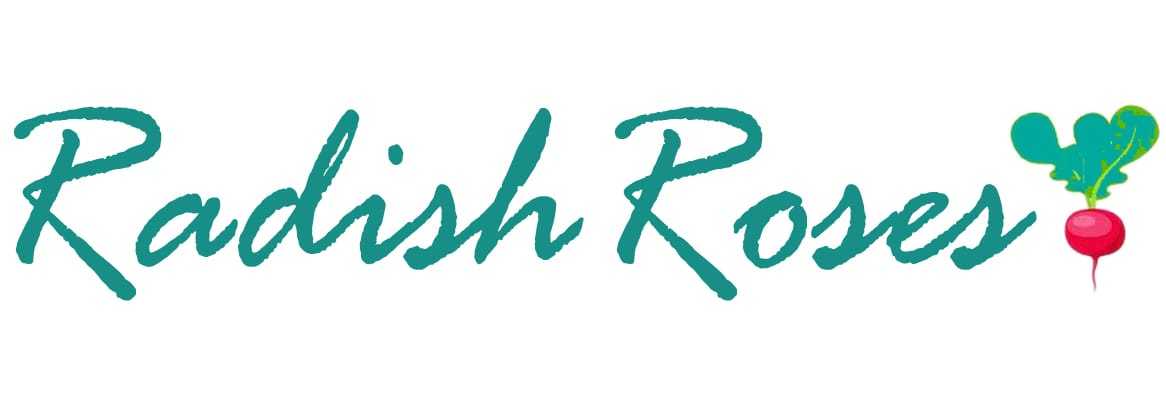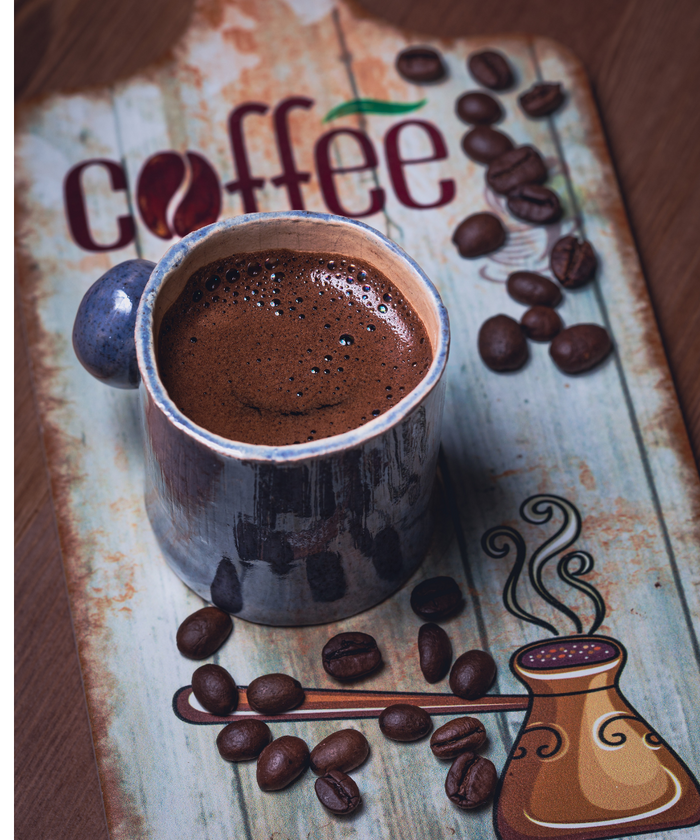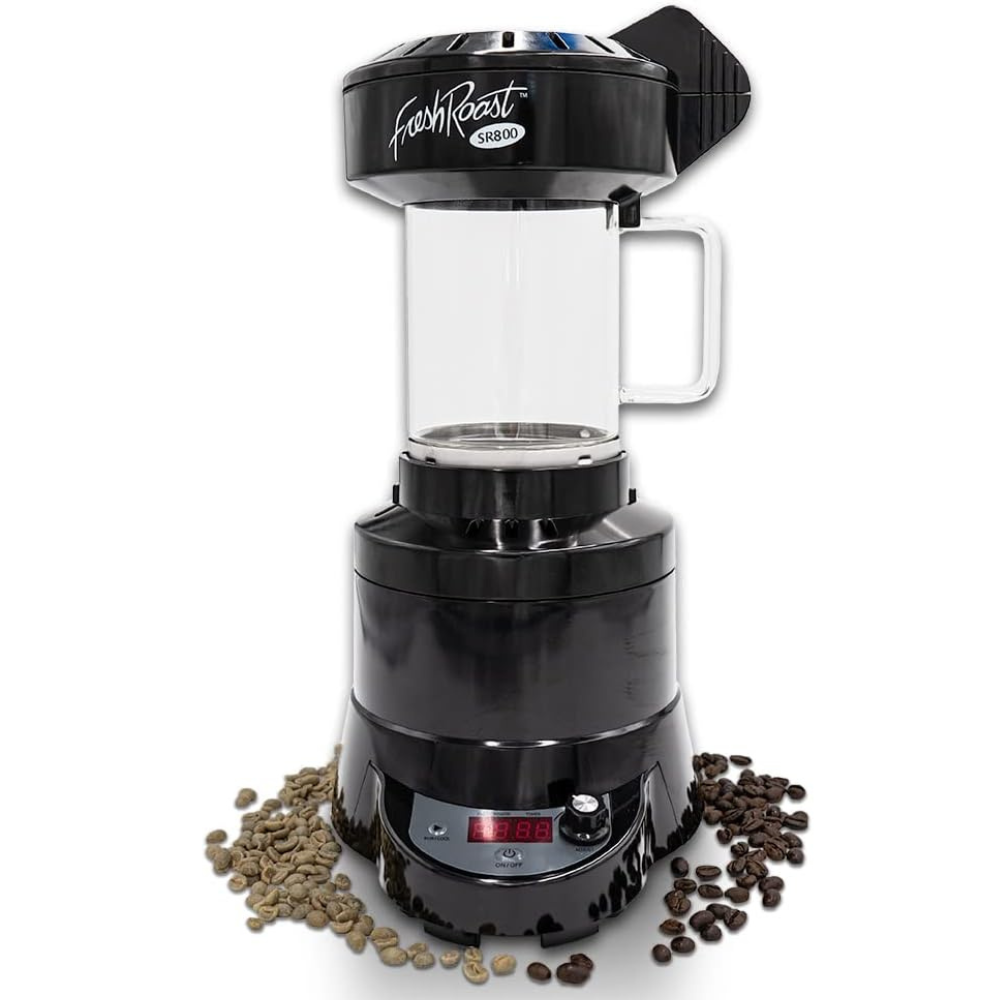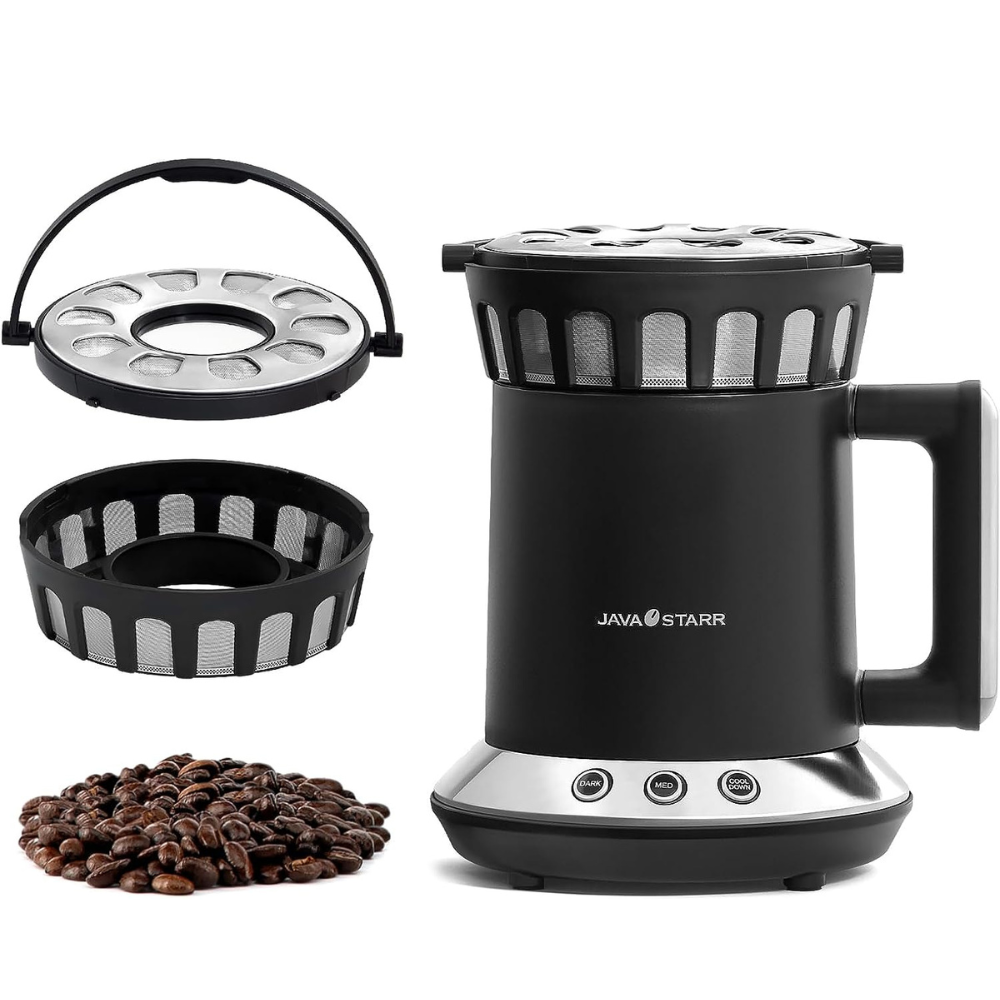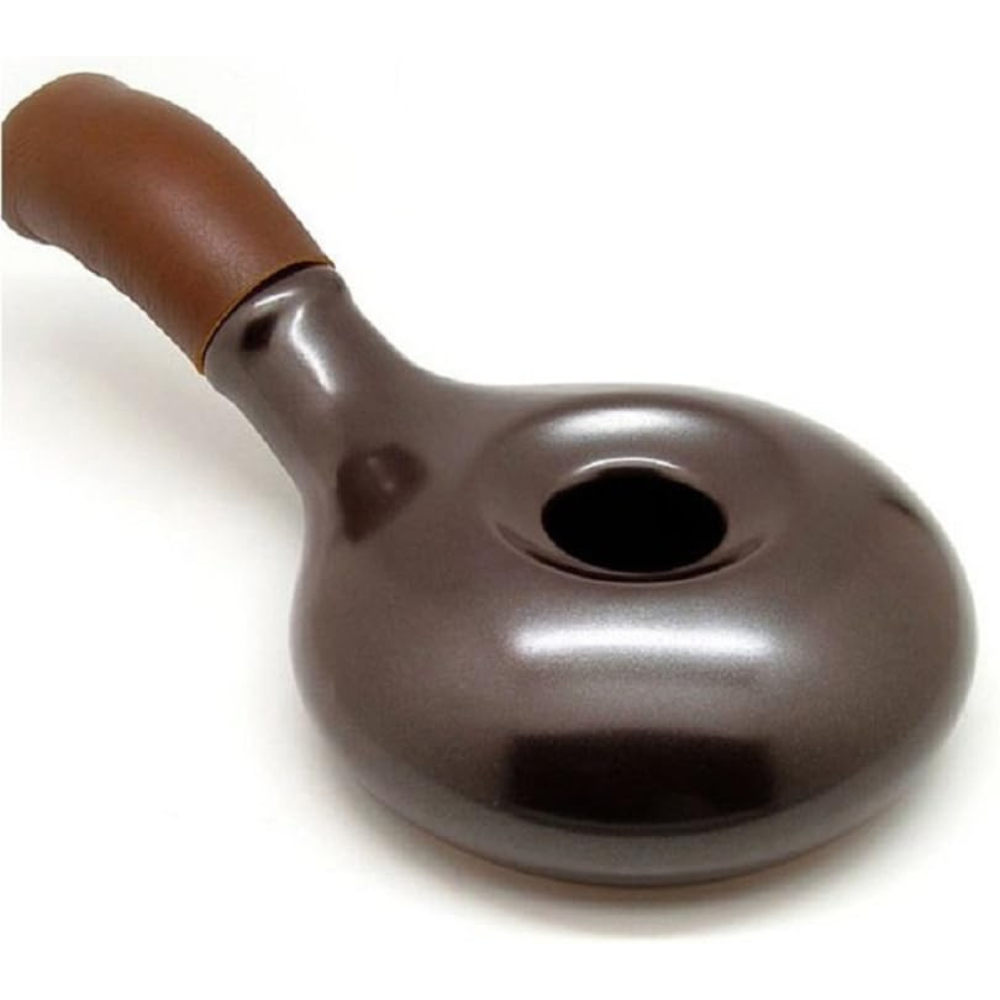If you're a coffee lover, you know that a freshly roasted cup of coffee is worth its weight in gold. But what if we told you that you could enjoy that experience every day in the comfort of your own home?
Home coffee roasting has been gaining popularity in recent years, and for good reason. Not only does it allow you to customize the roast to your liking, but it also produces a higher quality cup of coffee.
Radish Roses has written an in-depth review of the ins and outs of home roasting. We will also provide our picks for the three best home coffee roasters on the market today. The time has come to take your daily dose of caffeine from start to finish, right into your own kitchen.
With your own home coffee roaster, you have full control over the flavor profile, and you can experiment with different beans from around the world. Plus, home roasting is a fun and rewarding hobby that can bring friends and family together over a delicious cup of coffee.
So what are you waiting for? Start exploring the benefits of home coffee roasting today!
What is Home Coffee Roasting and How Does it Work?
Home coffee roasting is actually easier than you might think. All you need is a home roaster or even a simple hot air popcorn popper, some high-quality, raw beans, and a little bit of trial and error.
Roasting coffee is essentially the process of applying heat to green coffee beans until they reach your desired roast. The result is your personal roast coffee beans to gift, sell, or grind and brew for yourself.
Temperature
The temperature of the coffee roaster is important to monitor. The roasting journey from green beans to darker roasts can be pretty reliably measured by the bean temperature reached.
Typically, the ideal temperature for home roasting is somewhere between 350-450°F.
Roasting Time
Roasting time will depend on your preference, but as a general rule of thumb, it should take anywhere from 12-20 minutes.
Knowing how long to roast your beans is simply a matter of listening! Identifiable sounds, known as the first, second, and third cracks generally mark the difference between light, medium, and dark roast.
First Crack
The First Crack is a key moment in the roasting process and signifies the beginning of light roast territory. This happens when you have reached approximately 385-400°F.
At this stage, the heat causes the moisture inside to expand, leading to a crackling sound similar to popcorn popping. The beans at this stage are generally lighter in color, and the flavors are more acidic and brighter.
It's crucial to pay attention to this stage if you're aiming for a light to medium roast, as the time between the first crack and the second can be brief.
Second Crack
The Second Crack is another important milestone in the roasting process, indicating the transition from a medium to dark roasts. This event typically occurs when the beans reach a temperature between 435-445°F.
This crack, although quieter than the first, sounds more like a soft, crackling fire with a rhythm similar to that of rice cereal popping in milk. The physical change in the beans is also more pronounced during this crack; they darken significantly, become shinier due to the oils rising to the surface, and their structure also becomes more brittle.
As the beans darken, the flavor profiles shift towards bolder, richer, and more robust taste, marking the essence of a dark roast.
If you prefer your coffee with a deep, full-bodied flavor, it's vital to monitor your roasting temperature closely and listen for this stage.
Third Crack
The Third Crack is a rare event that happens only when the beans reach very high temperatures, typically above 475°F. It's much louder than the first two cracks and sounds more like wood splitting with a sharp snap.
The flavors of coffee beans roasted this long are usually characterized by intense smokiness and bitterness, making them unsuitable for most people's tastes.
If you're looking for a cup of intense, dark coffee, this is the roast to aim for.
When roasting at home, it’s important to keep in mind that due to differences in equipment, the total time taken and even temperatures achieved may vary significantly.
The best method is trial and error – start with shorter roasting times and lower temperatures until you get your desired flavor.

Basic Roasts
Light Roasts
Light roasts are achieved shortly after the first crack, around 385-400°F. Beans at this stage are lighter in hue and have a more acidic, brighter character.
They exhibit no oil on the surface as the roasting process has not been long enough to push the oils out. Light roast coffee is often described as sweet and fruity.
Medium Roasts
Medium roasts find their sweet spot between the end of the first crack and just before the beginning of the second, typically within the 410-430°F temperature range.
The beans are medium brown with a stronger flavor and a non-oily surface. Medium roast coffee balances acidity and body perfectly, delivering a smoother, more rounded flavor than lighter roasts.
Dark Roasts
Dark roasts are achieved at or after the second crack, around 435-445°F. The beans are dark brown, often shiny due to oil surfaced during roasting, and may appear slightly charred.
The resulting coffee is less acidic, carries a heavier body, and reveals deeper, toasted flavors. Dark roasts are bold, rich, and robust, making them perfect for those who prefer a strong, full-bodied coffee.
Specialty Roasts
As you might suspect, there is more variety to roasts than light, medium and dark. By paying close attention and stopping your roast at various points in between the cracks, you can achieve more specific roast levels.
City Roast
The City Roast is the lightest of all roasts and falls right before the first crack. The beans retain their original flavor profile at this point, with subtle acidity and a bright taste.
American Roast
American roast lies between City and Full-City roasts on the spectrum. It hits the first crack, but not quite reaching the second.
The beans become slightly sweeter, and the flavor is a bit more mellow than City Roast.
Full-City Roast
The Full-City roast is before the second crack and offers a balance between bright acidity and full body. A classic Full-City is an even roast and has hints of chocolate undertones that add complexity to the cup of coffee.
Vienna Roast
This roast is slightly darker than the Full-City roast and falls just before the Second Crack at about 450-460 degrees.
Here, the oils inside of the beans start to become visible. The flavor profile shifts towards a more bittersweet taste with smoky notes becoming prominent in the brew.
French Roast
The French Roast is a dark roasted coffee that has passed the second crack stage and extends into the beginning of the third crack.
It's flavor profile is smoky and intense with a bold, robust taste. The aftertaste can be quite bitter in comparison to other roasts, so it is not recommended for those who prefer milder coffee.
French roast is often used as an espresso roast or in cold brews to bring out its unique flavors
Italian Roast
The Italian Roast extends well beyond the moment of the third crack and is one of the darkest roast profiles you can expect from coffee.
The intense heat from the roasting process turns the beans into an oily consistency and gives them a strong, smoky aroma with subtle notes of dark chocolate.
While bold in flavor, it still maintains its acidity making it a great choice for espresso-based drinks.
3 Best Home Coffee Roasters
With so many home coffee roaster options out there, it can be tough to choose which one will be best for you.
Lucky for you, here at Radish Roses, we have poured over the options available, and researched features and reviews to determine our picks for the 3 best home coffee roasters on the market so you don't have to!
Whether you're a casual coffee drinker or a seasoned sipper, these coffee roasters offer the perfect balance of affordability and quality.
So, take your love for coffee to the next level and try one of these home coffee roasters today!
Fresh Roast SR800 Automatic Coffee Bean Roaster
This machine is perfect for those who want to take their coffee roasting game to the next level.
With its intuitive controls and durable construction, the Fresh Roast SR800 Automatic home coffee roaster allows you to customize your roast profile with ease.
Plus, it has a large capacity compared to most electric roasters. Whether you're a seasoned coffee roaster or just starting out, the Fresh Roast SR800 is definitely worth considering if it fits your budget.
- USA-based, family owned and operated company
- Roast 8 ounces of beans
- 9 power settings
- Glass coffee roasting chamber
JAVASTARR Electric Coffee Roaster
No more relying on your local coffee shop for the perfect roast - you can now save money, and control the entire process yourself.
The Javastarr home roaster is very user friendly with "set it and forget it" roasting, and produces consistent results every time.
Mixing the heat source with hot air, creates an automatic chaff collector. It has medium roast and dark roast settings.
Treat yourself (and your taste buds) to a whole new coffee experience with the JAVASTARR Electric Coffee Roasting machine.
- Easy operation
- 2 roast profiles
- Chaff collector automatically separates skins from beans
Nuvo Eco Ceramic Coffee Bean Roaster
Here's one for you purists! Introducing the Nuvo Eco Ceramic handheld roaster, the perfect tool for those who want to experience the art of roasting their own coffee beans.
This small capacity coffee roaster works great with a gas stove to roast small batches. Not only does this roaster give you complete control over the roasting process, but it is also eco-friendly and made of non-toxic ceramic material.
The result is a rich, flavorful cup of coffee that you can take pride in brewing yourself.
- Made in Korea
- Low-tech design
- 100% ceramic with cowhide leather grip
Tips for the Best Results when Roasting Coffee at Home
If you're a coffee enthusiast, then you know that there is nothing quite like brewing up a hot cup of joe from your own freshly roasted coffee beans.
Coffee roasting does take some practice to get that perfect roast profile that suits your personal taste. Luckily, there are a few tips and tricks you can follow to increase your chances of achieving the best possible results.
First and foremost, consider taking your roasting activities outside, on the porch, or in the garage. If taking it out of doors is not an option, make sure that, if you are roasting indoors, you do it in a well-ventilated area. The smoke produced during the roasting process can be intense, unless you happen to be using a commercial roaster with a smoke suppression system..
Additionally, be sure to start with high-quality green coffee beans, and roast them to the appropriate level for the desired flavor profile. You will find that buying high quality beans is not as expensive as you might think, and there are many sellers online.
To achieve the desired roast, you need to simply listen for the "first crack" and "second crack", sounds the beans make as they roast. The crack loosely translates into light, medium, and dark roast levels.
Of course, the most important thing in your home roasting journey is to practice and experiment with different levels of heat and time.
With some trial-and-error, you'll be roasting up some seriously delicious coffee in no time!
Cooling and Storing
Once you've reached your desired roast level, it's time to cool the beans down. This is a crucial step that helps preserve the flavor and aroma of the beans.
Usually, it is best to use a cooling tray to stop the roasting more quickly. After they have cooled down, it's best to let them rest for at least 24-48 hours for optimal flavor before grinding and brewing your coffee.
As the beans cool, they will release carbon dioxide (CO2) gas. This is called off-gassing and it's an important part of the coffee roasting procedure.
The longer you let the beans rest, the more CO2 will be released, allowing for better flavor extraction when brewing.
The one-way valve you see on bags of coffee is designed to allow off-gassed CO2 to escape the packaging, without letting in outside air and moisture.
Storing Your Beans
Once you've roasted your beans and let them rest, they should be stored in an airtight container. If possible, try to keep the container away from any sources of heat or direct sunlight.
You can also store coffee beans in a refrigerator or freezer if needed. Just make sure that you don't expose them to too much moisture, as this will cause them to spoil faster.
Many people enjoy home roasting large batches of two pounds or more, for convenience, but it's important to remember that freshly roasted coffee beans will only stay fresh for about two weeks.
After this time, the flavor and aroma of the beans will start to degrade. So make sure you use your roasted beans quickly, or freeze them in airtight containers for longer storage!
All thats left is to grind your beans and brew your coffee!
Roasting coffee beans a bit of science and a bit of art, but the end result is a delicious cup of coffee that you can proudly say you roasted yourself.
So why not give it a try? Your taste buds will thank you.

Questions about home coffee roasters (FAQs)
Q: How long do unroasted coffee beans last?
Unroasted coffee beans can last for up to two years if stored properly. To keep unroasted coffee as fresh as possible, they should be kept away from air, heat, light and moisture.
An ideal storage container is an airtight glass jar or a sealed plastic bag that is placed in a cool and dark place such as a cupboard. The best way to store them long-term is to freeze them in vacuum-sealed bags or other containers.
By freezing the unroasted coffee beans you can extend their shelf life to about three years.
Coffee’s flavor compounds break down over time regardless of how it’s stored so even under the right conditions your beans might lose their flavor after two years of storage – hence why some avid enthusiasts procure new batches every year!
If kept at room temperature, roasted coffee typically lasts 3-6 months before starting to taste stale and old due to its natural oil content evaporating when exposed to oxygen.
Generally speaking though, most roastmasters will tell you that storing unroasted (green) coffees in temperatures between 36°F(2°C) - 80°F (26°C) works best for maintaining peak freshness for the longest amount of time without compromising on flavor or aroma profiles.
Q: Is it cheaper to roast your own beans?
Absolutely! Roasting coffee beans with a home roaster can save you a lot of money. In fact, it is one of the best ways to get the freshest coffee at the lowest price.
This is because when you roast your own beans, you have complete control over how much money you are spending on each batch. Wholesale unroasted beans are the most economical.
Even small batches of high quality unroasted green coffee beans are significantly less expensive than buying the same quality roast coffee from the supermarket or coffee shop.
Plus, there is no middleman involved and no need to pay extensive markups for packaging or transportation costs.
When it comes to getting freshness out of every cup, home roasting your own coffee beans has a few distinct advantages over pre-roasted varieties. With pre-roasted coffees, chances are they have been sitting in warehouses or store shelves waiting to be purchased for some time before they arrive at your door.
But when you roast your own coffee, you cut out the middle man, thus delivering maximum flavor from every brew session! Your initial investment of a coffee roaster will pay for itself quickly, and you will be saving money.
Q: Can I sell coffee I roast at home?
Yes, you can sell coffee that you roasted at home! However, there are some important legal considerations to keep in mind before embarking on such an endeavor.
First of all, depending on where you live and what type of business license is required for selling your home roasted coffee beans, it may be necessary to obtain the appropriate license from your local government. I
t's also likely – especially if you plan to sell more than just a few pounds of roasted beans – that additional permits and other requirements would need to be satisfied in order for your coffee roasting business to operate legally.
Q: Can you eat raw unroasted coffee beans?
Yes, you can eat raw unroasted green coffee beans. In fact, raw, green beans are a popular snack item in many parts of the world and are widely consumed for their natural health benefits.
Raw coffee beans contain high levels of dietary fiber, which helps support digestion and reduce bloating.
They also contain beneficial bioactive compounds that have been linked to improved brain function and cardiovascular health.
Additionally, unroasted green coffee beans have higher levels of antioxidants compared to roasted varieties, meaning they can help reduce inflammation and fight free radicals in your body.
However, it should be noted that eating too many raw unroasted green coffee beans may cause stomach discomfort due to their high level of caffeine content.
Therefore, it's important to consume them in moderation if you'd like to take advantage of their nutritional benefits without experiencing any side effects.
Q: How do you add flavor to unroasted coffee beans?
Adding flavor to unroasted green coffee beans is a great way to enhance the flavor of your coffee.
There are two primary ways to add flavor: direct and indirect. With direct flavoring, you simply apply the desired flavoring directly before roasting beans.
This helps flavor the beans themselves as they roast and can be done with a variety of spices, like cinnamon or cardamom, or other ingredients such as cocoa powder or nutmeg.
Indirect flavoring involves adding an additional step after your roast—infusing flavors into a finished brewed (and roasted) cup of joe.
This usually requires steeping freshly brewed coffee in flavored syrups such as vanilla bean syrup, caramel syrup, hazelnut syrup, etc.
No matter which method you choose to use in order to add flavor to your unroasted coffee beans, both will result in a unique and delicious cup! Enjoy!
In conclusion, coffee roasting offers many great benefits such as cost savings and a fresher taste.
There are a variety of different home coffee roasters available so it is important to know your options. So why not save some money while still having great quality coffee?
Explore your favorites by clicking the link below each. Give a home coffee roaster a try today!
